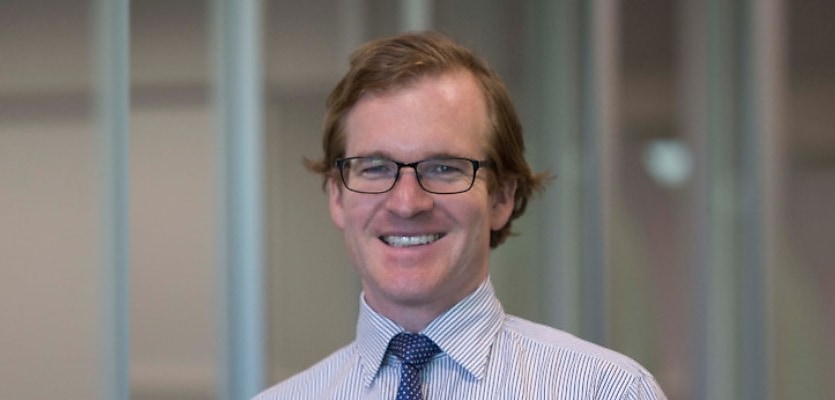New ABS data has revealed that Australia’s population has grown by just 0.14 per cent over the past 12 months.
Weighing in on the data release, Housing Industry Association’s senior economist, Nick Ward, said it’s the slowest rate of growth Australia has seen in more than 100 years.
With the population figures comprising the natural rate of population growth, overseas migration, and interstate migration, Mr Ward said the main source of the stagnating population is net overseas migration, which has previously been a source of growth.
Bucking the long-standing trend, the ongoing COVID-19 pandemic has “reversed and turned negative”.
According to the economist, “the sharpest decline in resident population has occurred in Victoria where the population contracted by 0.64 per cent.”
He outlined that the number of people departing Victoria for other states and overseas is more than double the natural population growth over the past year.
All other jurisdictions maintained positive population growth, albeit at a fraction of their pre-COVID rate of growth, Mr Ward continued.
Here’s a state-by-state breakdown: Queensland (+0.85 per cent), Western Australia (+0.57 per cent), Northern Territory (+0.48 per cent), ACT (+0.39 per cent), Tasmania (+0.39 per cent), South Australia (+1.5 per cent), NSW (+0.14 per cent), Victoria (-0.64 per cent).
HIA sees the lost population growth as a concern for many reasons – but has shown most concern for future economic growth, given that population growth is a key driver of the economy.
Mr Ward said: “Australia needs economic growth to maintain the standard of living all Australians expect. Growth supports the ability of governments to deliver the services and support Australians need and expect.”
There are also concerns around what a lower rate of population growth means for Australia’s ageing population.
“Prior to the COVID recession, the average net migrant was 24 years old and the average Australian resident was 39 years of age.”
Australians aged 65 years and over making up more than 16 per cent of the population, and this proportion is set to rise.
“The loss of overseas students and skilled migration has almost certainly seen the average age of migrants increase and accelerated the ageing of the Australian population,” Mr Ward raised.
In conclusion, he argued that a return to stable and reliable skilled migration pathways would be “central” to a return to stable economic growth.







You are not authorised to post comments.
Comments will undergo moderation before they get published.